The Complete Guide to Nitrous Oxide Harm Reduction
What is Nitrous Oxide?
Nitrous oxide, often referred to as "laughing gas," is widely recognized both as a recreational substance and a medical anesthetic commonly used in dental and other medical procedures. Its chemical formula is N2O. This gas is depicted below in its most stable Lewis structure representation, indicating its molecular composition.
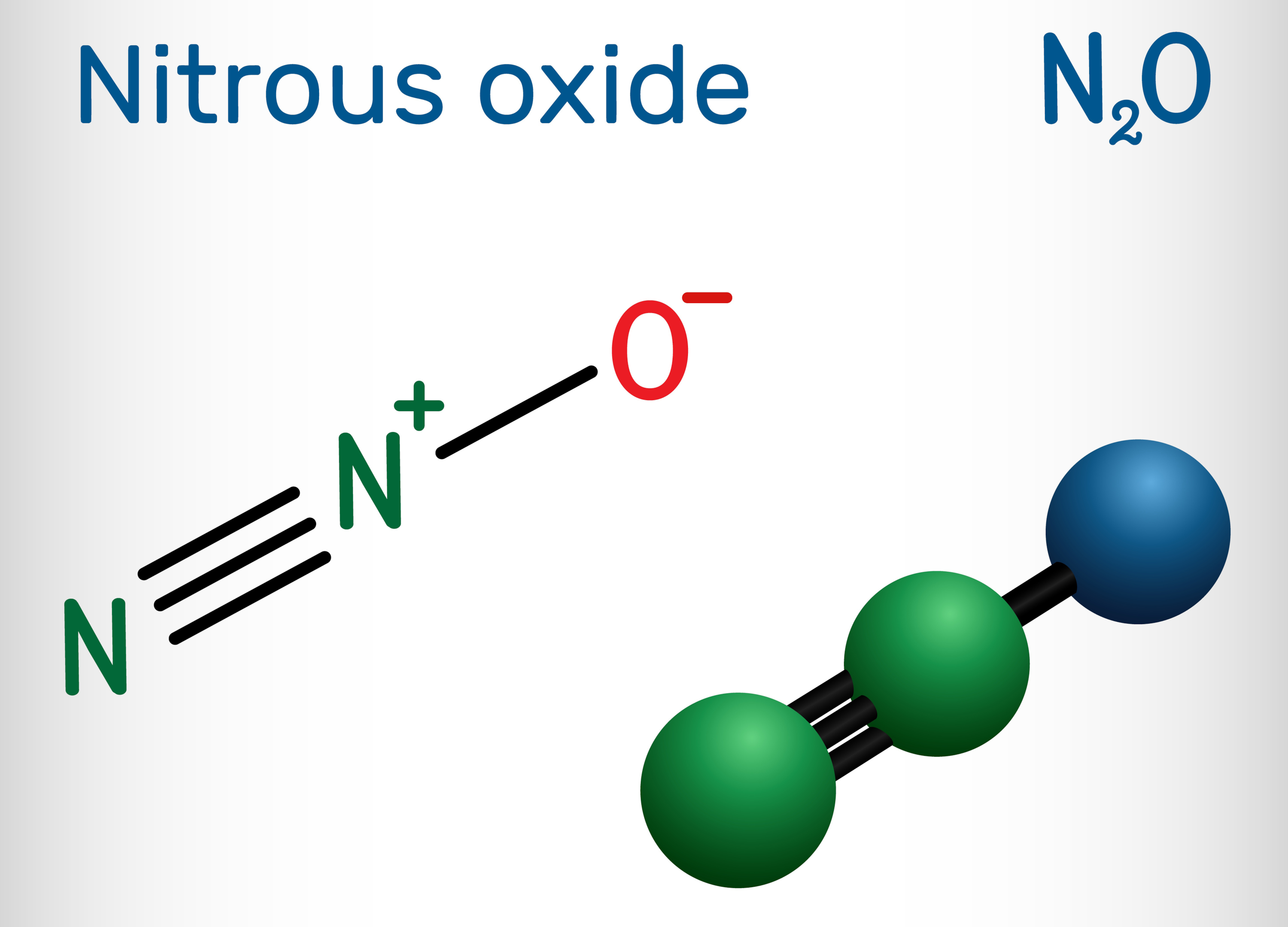
In the realm of automotive racing, nitrous oxide boosts engine power by increasing oxygen availability during combustion. This enables the engine to burn more fuel and generate additional power.

In the culinary world, nitrous oxide serves as a propellant in whipped cream dispensers. It expands rapidly to aerate the cream, making it light and fluffy when dispensed.
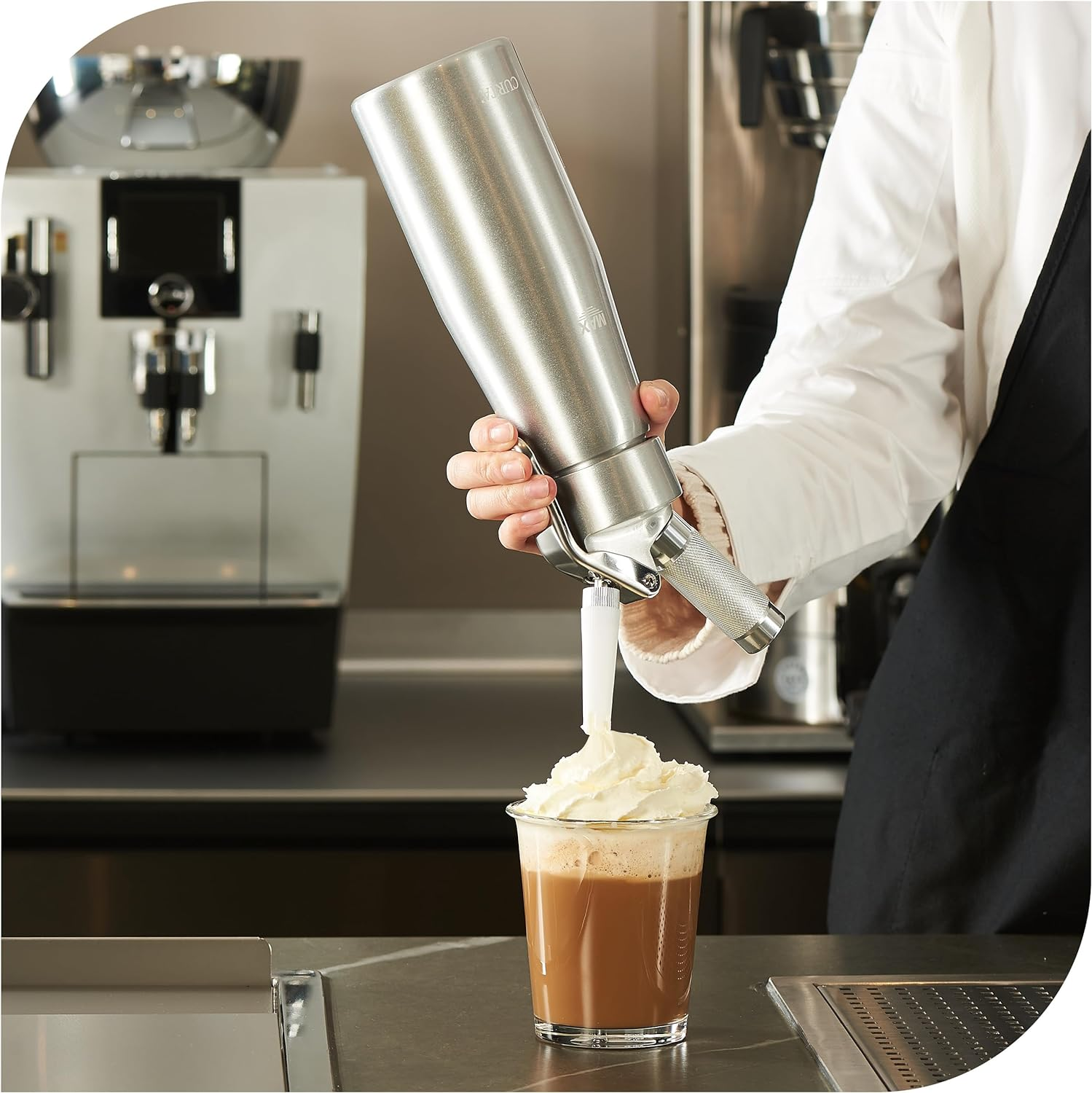
Understanding the Different Grades of Nitrous Oxide: Medical, Food, and Automotive
Nitrous oxide is available in several grades, each designed for specific applications:
Medical Grade: This is the purest form, containing at least 99.9% nitrous oxide. It undergoes strict testing for impurities to ensure safety in medical settings, such as surgeries and dental procedures.
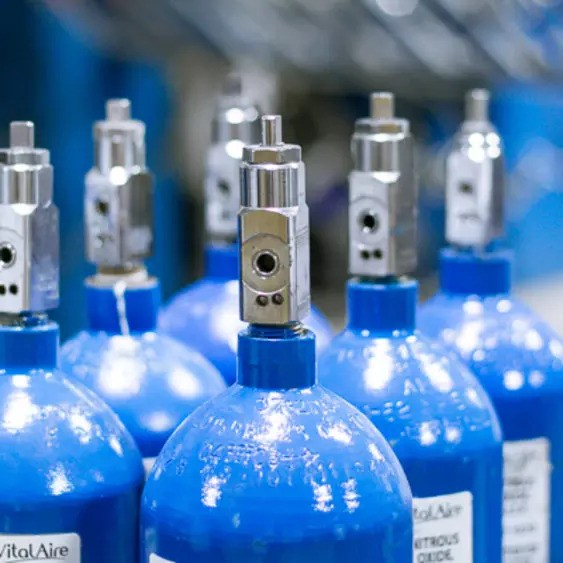
Food Grade: While also highly pure, this grade is tailored for culinary use, particularly in whipped cream canisters. It's less regulated than medical grade but must meet safety standards for consumption. Food grade may include additives to inhibit bacterial growth and maintain efficacy in food dispensing.
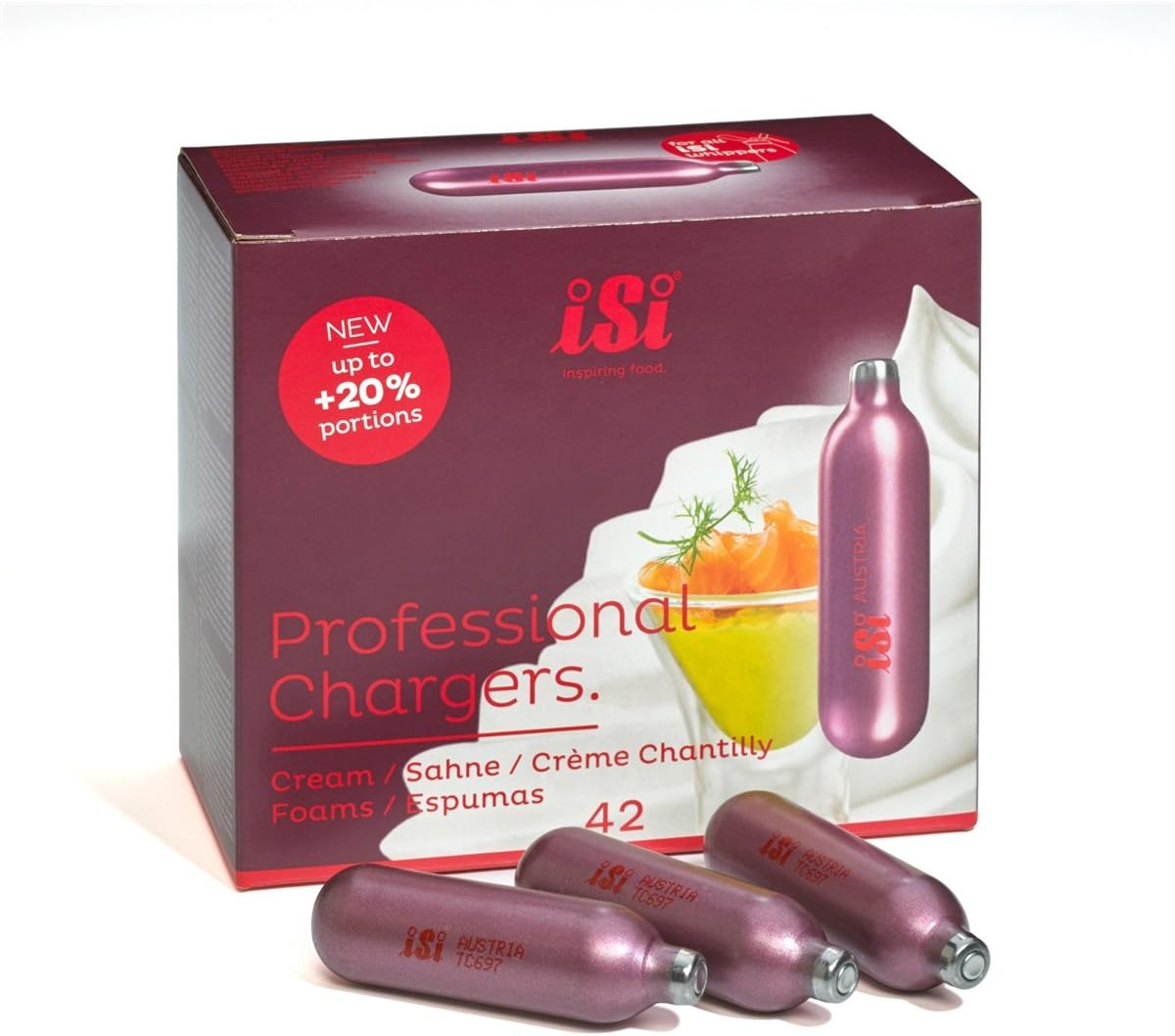
Automotive Grade: Designed for enhancing engine performance, this grade can include various impurities and additives like sulfur dioxide to discourage misuse. Its primary focus is on providing a cost-effective power boost rather than on health safety or food quality.
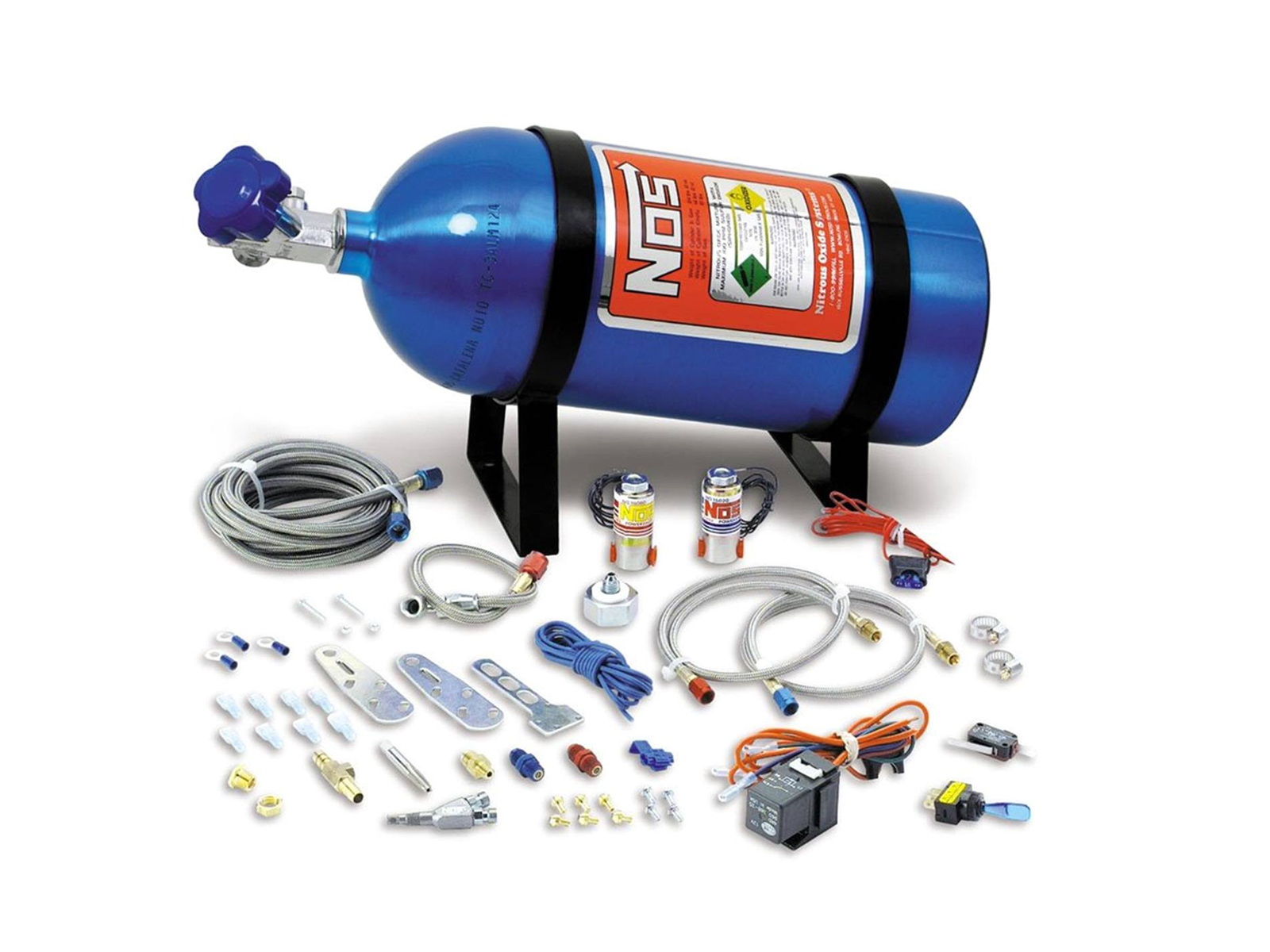
Quick Nitrous Oxide Info
| Category | Details |
|---|---|
| Safety in Research | Yes, safe under supervised medical conditions |
| Chemical name | Nitrous oxide, abbreviated as N2O |
| Street names | Whippets, Nos, Laughing Gas, n2o, nangs, whip-its |
| Risks |
Oxygen deprivation B12 deficiency Frostbite from canisters Inhalation of machine oils, metal fragments, and other contaminants |
| Desirable effects | Euphoria, relaxation, pain relief, dissociation, hallucinations |
| Side effects |
Short-term: Lightheadedness, dizziness, confusion Long-term: Nerve damage |
Effects of Nitrous Oxide
Nitrous oxide is widely recognized for its psychoactive properties, which contribute to its popularity in medical sedation and recreational contexts. Here is an overview of its primary effects:
Euphoria: Nitrous oxide is famously known to induce a strong sense of euphoria or intense happiness, often leading to spontaneous laughter—earning it the nickname "laughing gas." It promotes a feeling of well-being and an uplifted mood, making it ideal for reducing anxiety in settings like dental offices.
Altered Sensations: Users may notice changes in sensory perception, including a distorted sense of time, enhanced sights and sounds, and a sensation of heaviness or lightness in the limbs. These effects often feel like floating or a detachment from one's physical body.
Relaxation: The gas typically brings about deep relaxation, both physically and mentally, which is crucial for alleviating anxiety and discomfort during medical procedures.
Hallucinations: At higher concentrations, nitrous oxide can cause mild to moderate hallucinations, both visual and auditory. These effects are brief, correlating with the short-lived nature of the gas's impact.
Analgesia: As a potent analgesic, nitrous oxide effectively reduces pain, which is particularly valuable in emergency medicine and dental care, providing relief alongside its anxiety-reducing properties.
Disorientation and Confusion: Immediately following inhalation, users might experience temporary disorientation or confusion. Motor skills may also be impaired, underscoring the importance of not driving or operating heavy machinery post-inhalation.
Short Duration: A key feature of nitrous oxide is the quick onset and cessation of its effects. The psychoactive effect begins seconds after inhalation and fades rapidly once inhalation stops, allowing for a swift recovery without prolonged impairment in clinical settings.
The unique psychoactive effects of nitrous oxide render it distinct among anesthetics and recreational inhalants, offering significant therapeutic benefits and potential risks if not used responsibly.
Risks of Using Nitrous Oxide
Nitrous oxide is deemed safe when used correctly in professional settings, yet its safety relies heavily on how and where it is used. In medical environments, trained professionals administer nitrous oxide, managing its sedative effects safely as an anesthetic and analgesic during dental procedures or minor surgeries. This controlled use minimizes risks by ensuring that dosage and exposure stay within safe limits.
Experts in anesthesia and drugs caution, “While clinical studies confirm the safety of nitrous oxide in controlled dosages, its recreational use without appropriate precautions can lead to significant health risks.”
Nitrous Oxide and Hypoxia
Hypoxia occurs when there is insufficient oxygen at the tissue level, which can be localized or generalized. Nitrous oxide can cause hypoxia by displacing oxygen in the lungs, especially when inhaled in large amounts or in poorly ventilated areas. It can also increase the body’s oxygen demand, particularly during physical activity or stress, exacerbating the risk.
Symptoms of Hypoxia include shortness of breath, rapid breathing, confusion, increased heart rate, and in severe cases, reduced consciousness or coma.
Treatment and Prevention involve providing supplemental oxygen and addressing any underlying causes. Ensuring proper ventilation where nitrous oxide is used and having oxygen supplementation ready, particularly in medical settings, is crucial.
“Frostbite” and Ice Burns from Nitrous Oxide
Handling nitrous oxide carries unexpected risks, notably due to its intense coldness. When released from pressurized canisters, nitrous oxide rapidly expands and cools dramatically, potentially causing frostbite or ice burns upon contact with the skin. This risk is particularly high when filling balloons directly from canisters without appropriate protective gear.
Inhaling nitrous oxide directly from these canisters introduces additional dangers, especially to the mouth, throat, and lips. The gas's extreme coldness upon release can instantly cause frostbite to these sensitive areas, potentially leading to swelling, blisters, and more severe tissue damage if exposure is prolonged. To mitigate these risks, it is essential to use an intermediary device, such as a balloon, which allows the gas to warm to a safer temperature before inhalation. This precaution helps protect against the harsh cold that direct inhalation can introduce. Additionally, always ensure that whippet canisters are used upright to maintain proper functioning.
Machine Oils and Metal Fragments in Nitrous Oxide
Canisters that contain nitrous oxide may also contain impurities such as machine oils and small metal fragments, which are byproducts of the manufacturing process. Inhalation of these contaminants can pose both immediate and long-term health risks.
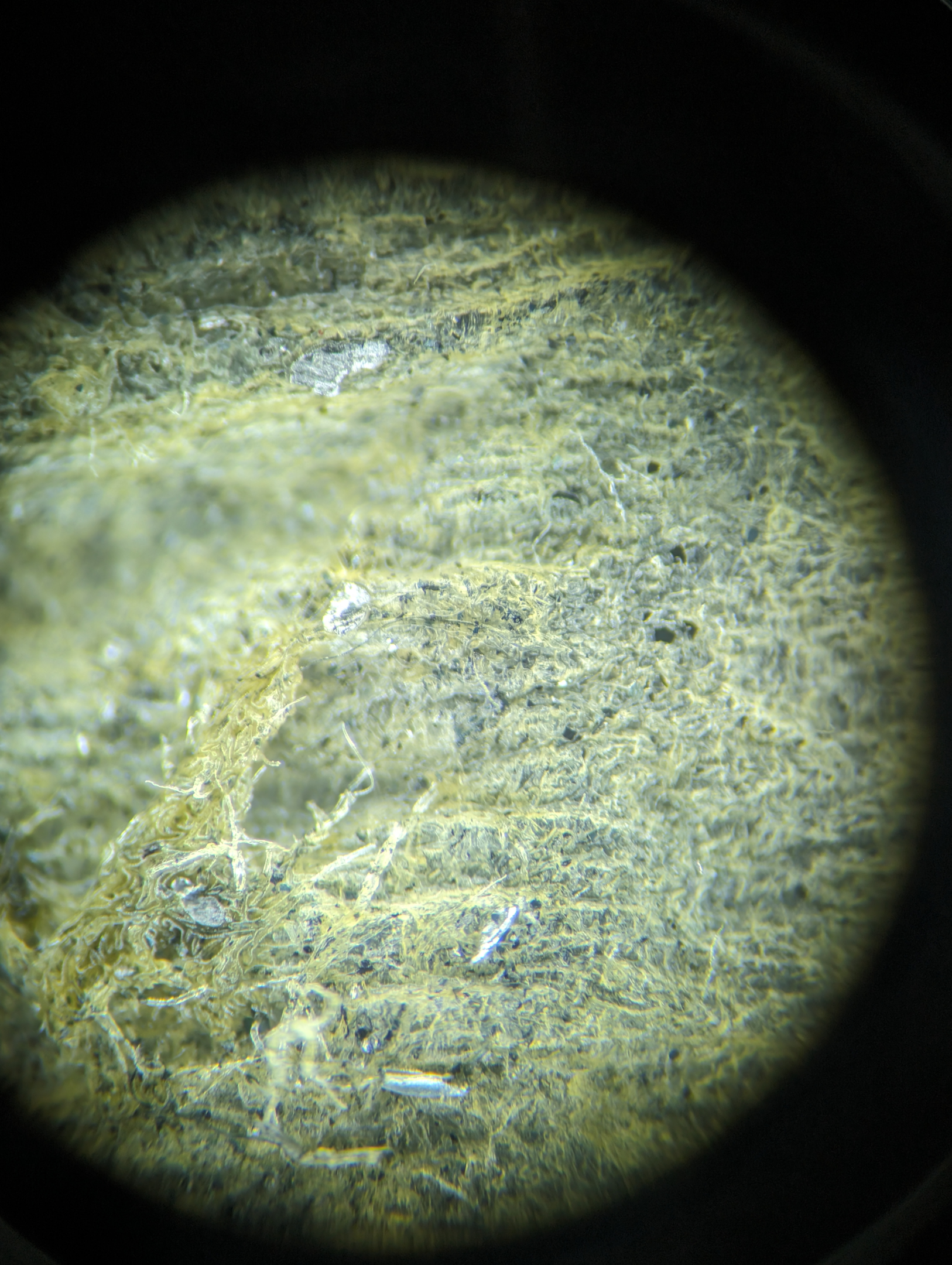
Fortunately, many of these impurities can be effectively removed using filters. There are simple DIY solutions, such as placing a paper towel or cotton fabric over the nozzle of the whipper.

For a more robust solution, commercially available filters designed specifically for nitrous oxide, such as the Whippiphany filter, are also available. These precautions help ensure a safer use of nitrous oxide by minimizing exposure to harmful contaminants.
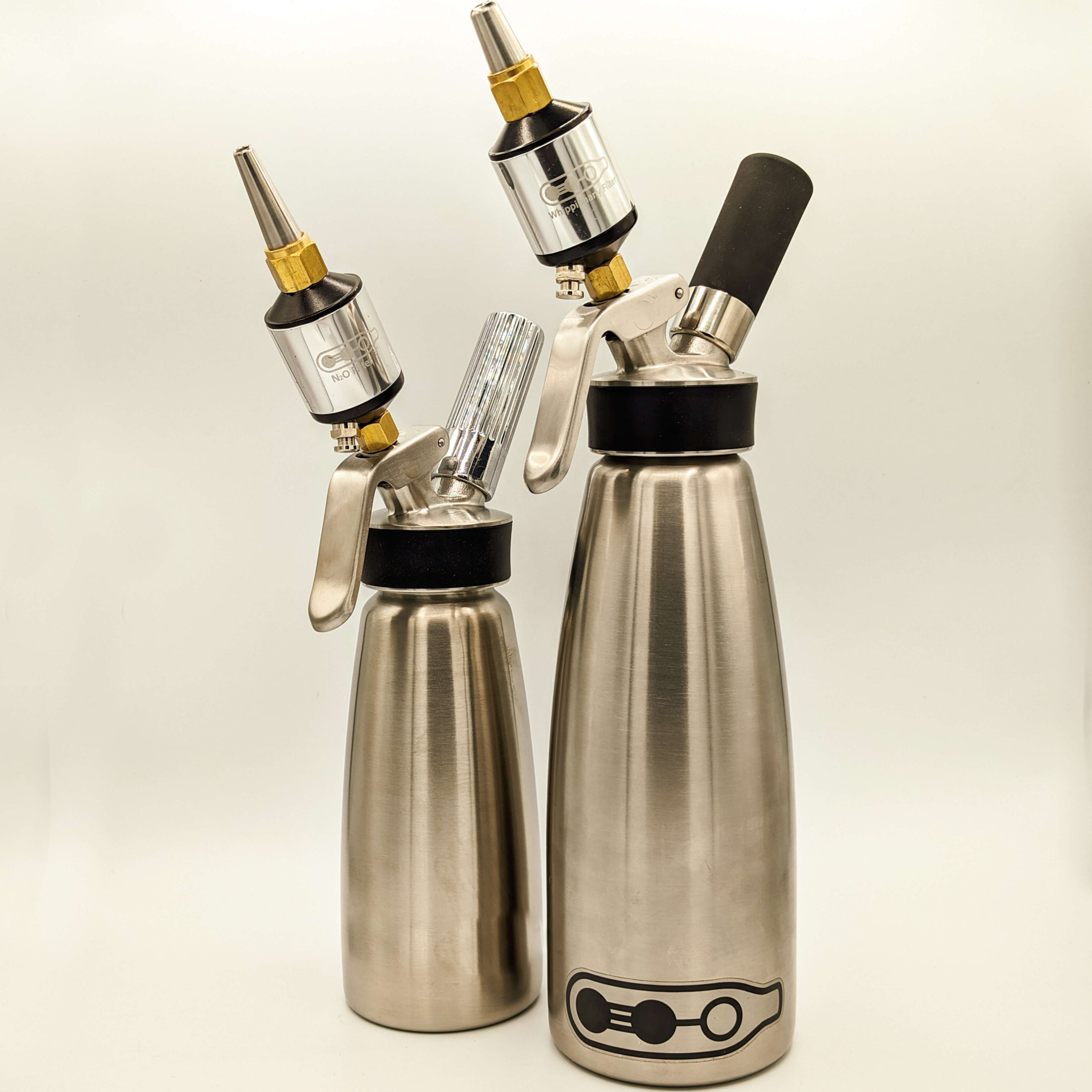
Falling, Fainting, and Loss of Consciousness ("Fishing Out")
The displacement of oxygen by nitrous oxide can cause fainting or "fishing out," where sudden drops in blood pressure or reduced oxygen supply to the brain occur. The euphoric rush from the gas can also lead to dizziness or disorientation, increasing the likelihood of falling. It's crucial to use nitrous oxide in a controlled manner, ensuring it is mixed with sufficient oxygen to mitigate these risks.
Fainting from nitrous oxide involves more than just the immediate risk of falling—it can result in serious injuries or even prolonged oxygen deprivation to the brain. If you lose consciousness with a mask or bag still in place, the risk of asphyxiation is significantly heightened. To ensure safety, never use nitrous oxide alone and always ensure it is adequately mixed with oxygen.
Understanding Vitamin B12 Deficiency and Nerve Damage from Long-Term Nitrous Oxide Use
How Nitrous Oxide Impacts Vitamin B12
Nitrous oxide can inhibit the activation of Vitamin B12, an essential nutrient that supports nerve health and red blood cell production. When Vitamin B12 functionality is compromised, our bodies struggle to perform these critical functions effectively.
Nerve Health Concerns
A significant concern with insufficient Vitamin B12 is nerve damage. Symptoms may include a sensation of pins and needles, muscle weakness, or clumsiness. Chronic use of nitrous oxide without addressing Vitamin B12 deficiency can lead to irreversible nerve damage.
Anemia and Fatigue
Vitamin B12 is crucial for the production of red blood cells, which transport oxygen throughout the body. A deficiency in B12 can lead to anemia, causing extreme fatigue and weakness, and impairing the body's ability to ward off illness.
Long-Term Health Risks
Chronic use of nitrous oxide can result in not only nerve damage and fatigue but also more severe health issues such as heart disease. This is due to elevated homocysteine levels caused by low Vitamin B12, which can increase the risk of heart problems.
Maintaining Health
Fortunately, there are preventative measures for those who use nitrous oxide:
-
Regular Check-ups: It’s advisable for regular users to have their Vitamin B12 levels checked by a healthcare provider to identify any deficiencies early on.
-
Diet: Consuming foods rich in Vitamin B12, such as meats, dairy products, and certain cereals, can help maintain adequate levels.
-
Supplementation: Taking Vitamin B12 supplements may be recommended, especially for frequent users of nitrous oxide, to ensure they receive enough of this vital nutrient.
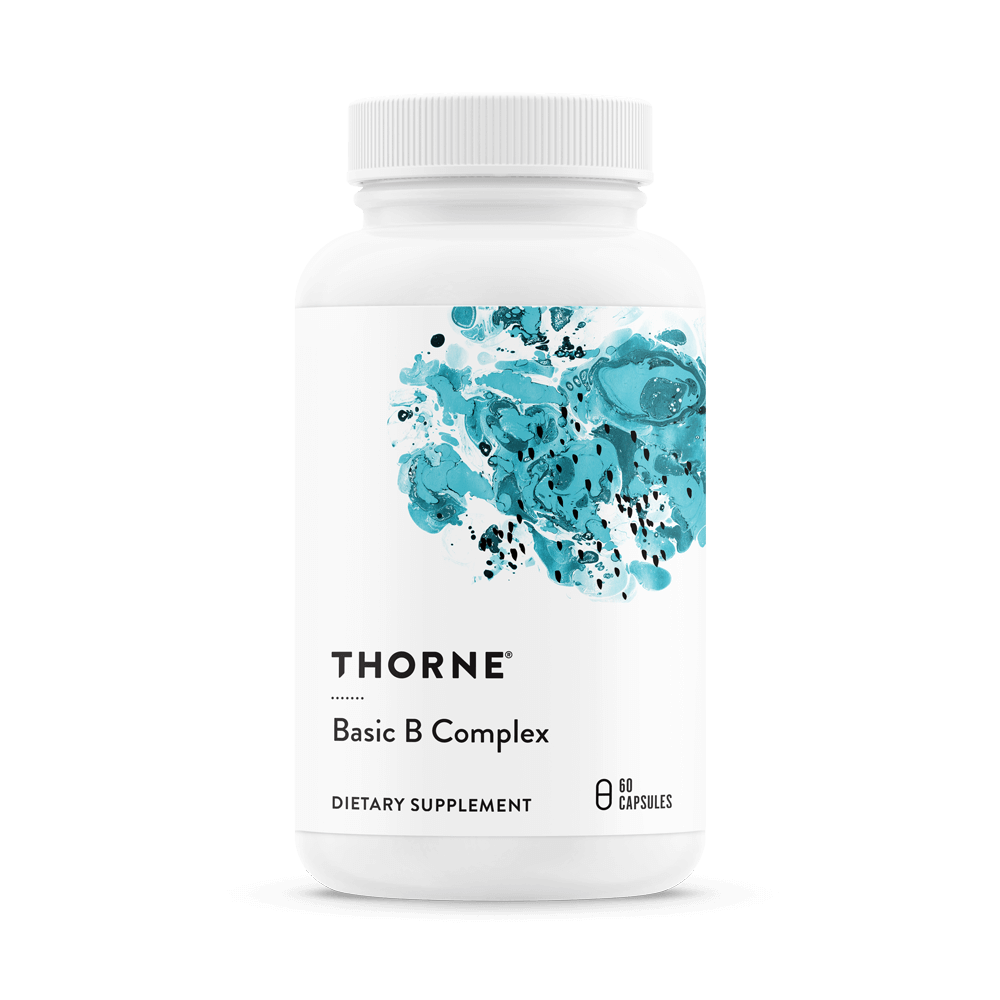
Potential for Addiction to Nitrous Oxide
While nitrous oxide generally has a lower risk of addiction compared to other substances, there is still a potential for dependency. This gas is often used recreationally for its euphoric effects, which include feelings of happiness, relaxation, and altered sensory perceptions. Such effects can lead to psychological addiction, especially in individuals using it as a means to escape stress or emotional discomfort.
Reasons for Potential Addiction
-
Euphoria and Escape: The immediate onset of euphoria and dissociative effects are particularly enticing for those seeking a temporary reprieve from reality or psychological relief. This can make the initial use very appealing.
-
Tolerance Development: Regular users may find that they need to increase their usage over time to achieve the same effects. This tolerance can lead to consuming higher quantities or using the gas more frequently.
-
Psychological Dependence: There is a risk of becoming psychologically reliant on the comforting feelings of euphoria and relaxation that nitrous oxide provides. This dependence is often used as a coping strategy for managing issues like anxiety, depression, or other mental health challenges.
Understanding these factors is crucial for recognizing the risks associated with the recreational use of nitrous oxide and the importance of managing its use responsibly to prevent dependency.
Using Nitrous Oxide Safely
Sourcing Gas
As new brands continue to emerge, it's increasingly difficult to discern which ones offer high-quality gas. Well known brands like iSi and Whip-It are generally reliable choices. iSi, in particular, is a verified European manufacturer known for adhering to stringent manufacturing standards and regulations. When considering other brands, pay attention to the production location and read the reviews from other users about the quality of the canisters.
Be wary of automotive nitrous oxide, which contains sulfur and other additives to deter inhalation. Never use automotive nitrous oxide for recreational purposes. If you detect a rotten egg taste, this is a sign of contamination—do not inhale it.
How to use Nitrous Oxide Recreationally: A NitrousSafe.org Guide
While no drug use is entirely safe, you can reduce risks by using nitrous oxide (often referred to as "whippets") responsibly. Prioritizing safety enhances the experience, minimizes negative outcomes, and decreases the likelihood of adverse reactions.
This guide aims to improve the safety of nitrous oxide for recreational users who choose to use it regardless but are committed to safer consumption practices.
It's important to acknowledge that nitrous oxide carries risks and its abuse is illegal. If you decide to inhale "whip-its," ensure you are well-informed and take all possible precautions.
Harm Reduction Statement
We do not advocate for the use of illegal substances. The information provided here is solely for harm reduction purposes. It's crucial to understand that the only way to completely avoid risks associated with "nangs" (nitrous oxide) is to abstain from using them altogether. The same is true with alcohol, skydiving, and sex - the only way to be perfectly safe in these activities is to not do them.
Do's and Don'ts of Using Nitrous Oxide Safely
Do:
-
Sit Down: Ensure you are seated comfortably to avoid the risk of falling.
-
Use a Filter: Employ a filter to remove impurities from the nitrous oxide.
-
Use a Balloon: Always transfer nitrous oxide into a balloon before inhaling.
-
Use Proper Inhalation Technique: Fill the balloon with your chosen nitrous gas, take a partial breath from it, then breathe in fresh air until your lungs are full. Hold the breath for 5-10 seconds — holding it longer isn't necessary as gas exchange is rapid.
-
Breathe Out and Repeat: Exhale completely and then repeat the process if desired.
-
Take Breaks: Ensure to take breaks between sessions to allow your body to recover.
Do Not:
-
Re-breathe from the Balloon: Avoid breathing in and out of the balloon multiple times, as this can lead to inhaling excessive CO2 and depriving your brain of oxygen.
-
Inhale Directly from Canisters: Never inhale nitrous oxide directly from whippers, crackers, or canisters. This practice can lead to severe frost burns and expose you to harmful impurities like machine oils and metal fragments. Always use a balloon and consider using a dedicated N2O filter for additional safety.
-
Strap Devices to Your Face: Never use a mask or any device that attaches directly to your face. This can lead to suffocation and significantly increase the risk of serious harm or death.
Bonus Tips:
-
Inhale Pure Oxygen: Between sessions, consider inhaling pure oxygen, which can be sourced from O2 canisters to help maintain optimal oxygen levels in your blood.
-
Use an Oxygen Monitor: For added safety, use an oxygen monitor to keep track of your oxygen levels during use.
These guidelines are designed to promote safe and responsible use of nitrous oxide, reducing potential risks and enhancing your experience. Always prioritize safety and follow best practices to ensure your wellbeing.
Resources If You're Struggling with Addiction
Additional Resources
-
https://www.release.org.uk/drugs/nitrous-oxide/harm-reduction
-
https://www.re-solv.org/volatile-substance-abuse/nitrous-oxide/
-
https://my.clevelandclinic.org/health/treatments/nitrous-oxide-laughing-gas
Disclaimer for
Educational Purpose and Legal Compliance
Please be aware: Misusing nitrous oxide is illegal in many jurisdictions unless properly authorized for medical or dental purposes. Unauthorized possession, distribution, or use of nitrous oxide may result in criminal penalties, including fines and imprisonment, in the United States and other countries. The information provided on NitrousSafe.org is intended for harm reduction and educational purposes only. It is meant to support—not replace—legal guidance or professional healthcare advice. We do not promote or endorse the use of nitrous oxide or any illegal activities associated with the substance.
Accuracy and Reliability of Information
The content on this website serves as a harm reduction tool, aiming to educate users about the risks associated with nitrous oxide use. While efforts are made to ensure the information is current and accurate, NitrousSafe.org makes no warranties, expressed or implied, regarding the completeness, accuracy, reliability, or availability of the information, products, services, or related graphics found on the website for any purpose. Reliance on such information is strictly at your own risk.
Limitation of Liability
NitrousSafe.org, its parent organization, affiliates, and any parties involved in creating and delivering the website's content will not be liable for any direct, indirect, incidental, punitive, special, or consequential damages that arise from using or the inability to use the website. You agree to indemnify and hold harmless NitrousSafe.org, its contributors, and associates from all liabilities, claims, damages, costs, and expenses, including legal fees, that arise from your use of the site or your breach of this disclaimer.
Consultation with Professionals
We strongly recommend consulting with appropriate professionals (lawyers, physicians, psychiatrists, chemists, etc.) to evaluate any specific information you find on this site. Do not ignore professional medical advice or delay seeking it because of something you have read on NitrousSafe.org.
User Responsibility
It is the responsibility of each reader to verify the legality and safety of any actions before undertaking them based on the information provided by NitrousSafe.org. The site may describe legal activities within specific medical and controlled environments, which may not be clearly identified as such.
Information Only
The content provided by NitrousSafe.org is solely for educational and informational purposes and should not be considered as medical or legal advice.
